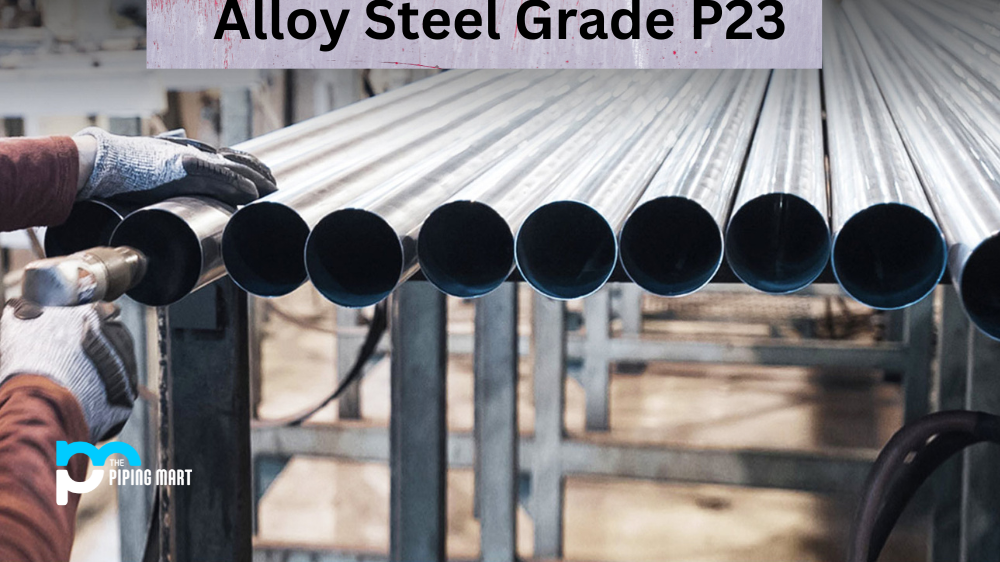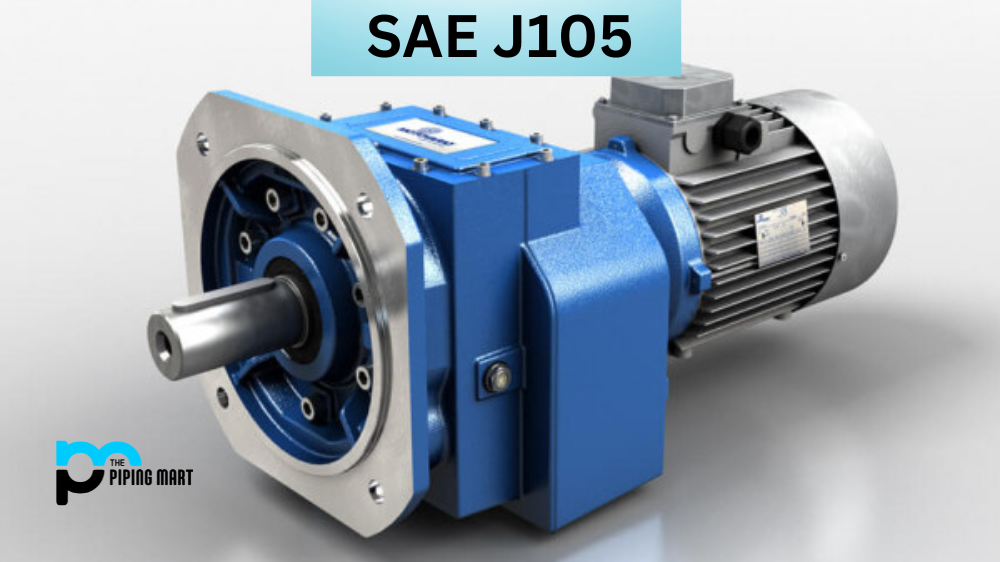Stainless steel is one of the most popular materials used in various industries due to its excellent corrosion resistance and unparalleled strength. Among the various types of stainless steel available in the market, Cr12 (or X210Cr12) is a popular option due to its high hardness and excellent wear-resistance properties. This blog post will examine the composition, physical and mechanical properties, uses, hardness, and heat treatment of Cr12 stainless steel.
CR12 Stainless Steel Composition
Cr12 stainless steel is a high-carbon and chromium alloy. The chemical composition of Cr12 steel is as follows: Carbon (C) – 2.10-2.30%, Chromium (Cr) – 11.50-13.00%, Silicon (Si) – 0.30-0.50%, Manganese (Mn) – 0.20-0.40%, Sulfur (S) – ≤ 0.03%, and Phosphorus (P) – ≤ 0.03%. The high carbon and chromium contents in Cr12 steel make it challenging, durable, and resistant to wear and corrosion.
CR12 Stainless Steel Physical Properties
Cr12 stainless steel has a 7.8 g/cm³ density and a melting point of 1420°C. Its thermal conductivity is relatively low, measuring only 24.2 W/m°C. The coefficient of thermal expansion is 10.4 µm/m°C, and the electrical resistivity is 740 nΩ·m. Cr12 steel also has a magnetic permeability that is slightly lower than that of other stainless steel.
CR12 Stainless Steel Mechanical Properties
Cr12 stainless steel exhibits excellent mechanical properties, which make it a popular choice for industrial applications. Its tensile strength is 1680 MPa, while its yield point is 1410 MPa. The elongation at the break of Cr12 steel is 9%, and its modulus of elasticity is 215 GPa. The hardness of the material can also be increased with heat treatment.
CR12 Stainless Steel Uses
The unique combination of high carbon and chromium contents in Cr12 steel makes it suitable for various industrial applications. It finds its use in producing cutting tools, cold-rolling dies, gauges, measuring tools, drawing dies, and other parts that require high wear resistance and excellent hardness. Steel is also used to manufacture injection moulds, casting moulds, and components of extrusion equipment.
CR12 Stainless Steel Hardness
The hardness of Cr12 stainless steel can range from HRC56 to HRC62, depending on the heat treatment methods used. Usually, annealing or quenching and tempering processes are used to increase the hardness of this steel. The high hardness of Cr12 steel enables it to withstand high-stress levels and cutting forces, making it a popular option for cutting tools.
CR12 Stainless Steel Heat Treatment
Cr12 stainless steel can be subjected to different heat treatment methods to improve its properties. Annealing the steel at 780-820°C for around 3 hours, followed by slow cooling, can help improve its machinability. Hardening the steel by quenching in oil or air can increase its hardness to HRC60-62. Lastly, tempering the hardened steel at 180-200°C can enhance its toughness while maintaining the high hardness.
Conclusion
Cr12 stainless steel is a popular material used in various industrial applications due to its high wear resistance, excellent hardness, and corrosion resistance. With its unique composition of high carbon and chromium contents, Cr12 steel finds its use in manufacturing cutting tools, rolling dies, casting moulds, and extrusion equipment components. Furthermore, the hardness of Cr12 steel can be improved by heat treatment methods such as annealing, quenching, and tempering, making it even more versatile.
Meet Heer, a dynamic and driven writer learning tricks of her trade in the metal industry. With a background in Digital Marketing, Heer brings a unique perspective to her writing, sharing valuable insights. Apart from blogging she like reading and hiking.




